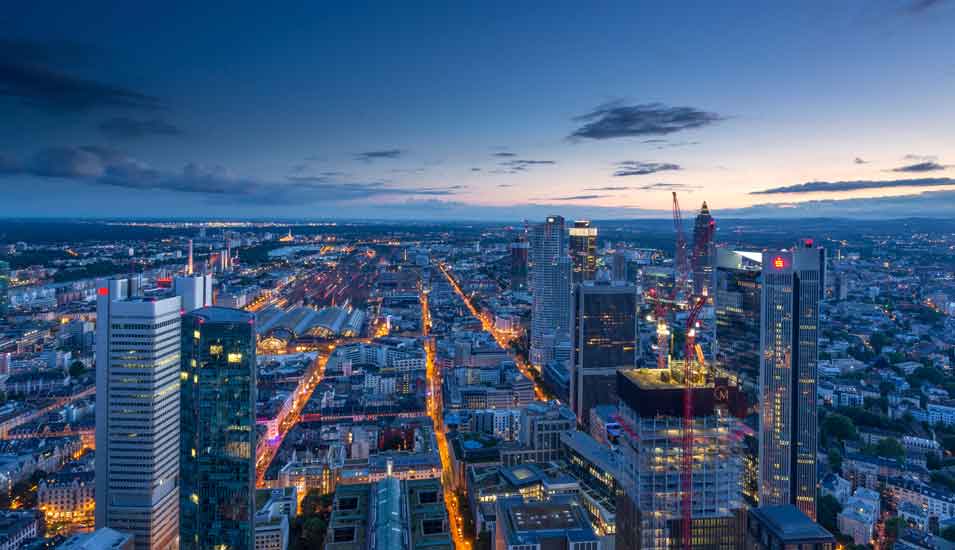The corona pandemic has slowed down the growth of large cities in Germany. This is the assessment made by researchers at the Helmholtz Center for Environmental Research (UFZ) after an evaluation of population registration data from the 15 largest German cities. The reasons for this are lower immigration, fewer births and more deaths in the first Corona year 2020, write the researchers led by Professor Dieter Rink in a discussion paper. The scientists also see negative signs for 2021.
The scientists looked at the population development in Berlin, Hamburg, Frankfurt, Cologne, Munich, Leipzig, Dresden, Hanover, Düsseldorf, Essen, Bremen, Stuttgart, Nuremberg, Dortmund and Duisburg. At the end of the 2010s, these cities almost all grew, on average by half a percent (0.55) between 2017 and 2018. In 2019, growth was 0.36 percent. In 2020, on the other hand, there was an average minus of 0.18 percent. With Leipzig, Hamburg and Munich, only three of the cities were able to record small or moderate growth.
Background to slowed growth
For the big cities, immigration – from abroad and from rural areas – has recently been of great importance. There were slumps in 2020. A drop of almost 17 percent was recorded across all municipalities for people moving in, while people moving out fell by 9 percent. The ratio of births to deaths was also unfavorable last year: a drop in births of 2.5 percent was offset by an increase in deaths of almost 5 percent in the cities.
“It seems that in the first Corona year 2020, long-term trends in population development in Germany’s 15 largest cities were slowed down or interrupted,” write the UFZ researchers their discussion paper. Also for 2021 they expect further declining population figures. It can be assumed that “only low growth rates, stagnation and increased shrinkage can be observed”.
–


